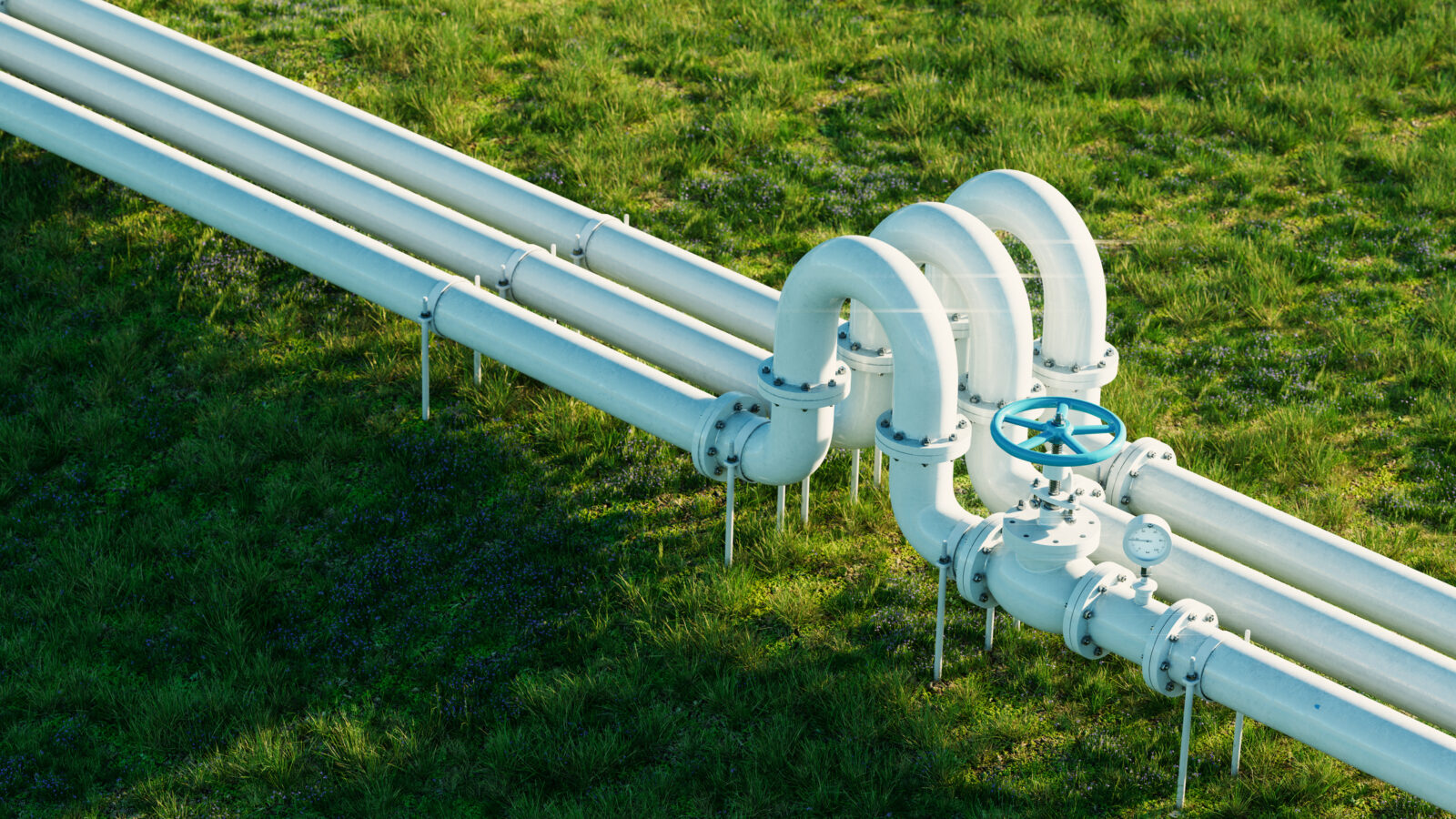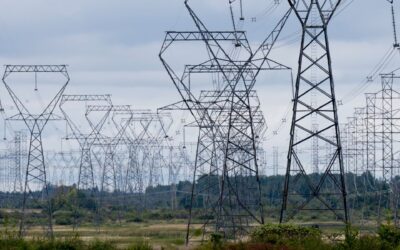Energy regulators across Canada are beginning to address how the shift towards clean energy will impact the extensive network of gas infrastructure that primarily delivers methane gas to countless homes and businesses nationwide. The impact of this transition could be significant for ratepayers, and regulators are taking notice.
This is a system that historically responds slowly to change—but at the end of 2023, regulators in two provinces sent a shockwave through the system. The Ontario Energy Board announced it would move away from subsidizing new connections to the network. In the same week the British Columbia Utilities Commission denied an application for a proposed gas system expansion on the basis that more capacity is not in the public interest. These moves have also been met with some resistance, and last week the Ontario Government tabled legislation to overturn the Ontario Energy Board ruling.
What is driving this increased scrutiny from regulators, and how will it impact Canadian households connected to the gas grid, today and in the future?
A quick primer on building emissions, gas infrastructure, and utility regulators
In Canada, 44 per cent of homes and the majority of businesses still rely on gas for heating. This is a problem when we know that meeting our climate targets requires using less fossil fuel everywhere, and the building sector is one of only two sectors of Canada’s economy that is not yet reducing emissions. While government policies are accelerating the adoption of cleaner energy solutions like heat pumps and energy efficiency improvements, investments in growing and maintaining the gas network continue. Some energy regulators are starting to question this disconnect between climate goals and continued investment in long-lived gas infrastructure.
Provincial and territorial energy regulators exist to protect consumers by ensuring that utility companies make prudent investments. Every time ratepayers pay a gas bill, they pay for a share of all the infrastructure that delivers it. As long as the number of gas customers keeps increasing as companies expand the gas network, bills remain reasonable. Gas utilities also benefit as they derive profit from infrastructure investments rather than gas sales.
But the accelerating clean energy transition complicates these continued investments. If the number of gas customers declines as customers switch from gas to cleaner sources of heat and power, there are fewer customers to share the costs associated with expanding the gas network, and bills may rise. It is this risk of stranded assets and of future hikes to customer bills that is now—rightfully—of concern to regulators.
The Ontario Energy Board and the B.C. Utility Commission have something in common
The Ontario Energy Board’s December decision directly addressed for the first time the risk to ratepayers of an expanding gas network and stranded and underutilized gas infrastructure. Enbridge had sought approval for $14 billion in capital expenditures, assuming business as usual growth for their network into the future. The Board was highly critical of Enbridge’s approach to risk management for their network in the face of the energy transition, or more accurately the lack of it, declaring, “it is no longer appropriate to assume that the assets required for new gas customer connection will continue to be ‘used and useful’ 40 years into the future.” Enbridge did acknowledge the risk arising from climate policy and the energy transition by asking for an increase to their return on investment. But, in the words of the Ontario Energy Board, Enbridge “cannot have it both ways” and this “dissonance leads the [Ontario Energy Board] to conclude the proposed system expansion is not rational.”
“It is no longer appropriate to assume that the assets required for new gas customer connection will continue to be ‘used and useful’ 40 years into the future.”
The Ontario Energy Board recommended removing the current effective subsidy for new gas connections in order to reduce ratepayer risk and remove distorted market signals. Historically ratepayers primarily cover the costs of new gas connections through their bills, justified by the anticipated income from these new customers over the next 40 years. This assumes that customers remain connected throughout that time and that gas consumption by these customers is stable. Overall, the Board determined the “revenue horizon” for new Enbridge connections should be zero from 2025. In other words, those who still want to connect can do so, but developers will pay the connection cost upfront. Developers may still choose to connect, but they now see the full price of connection and can weigh this against the alternative—to go all electric.
The Ontario Energy Board ruling benefitted those who do not join the gas system as well as reducing risk for those already connected—and would save each existing customer $600 over a five-year period. Evidence presented showed the cost-effectiveness of going all electric for new homeowners, finding lifetime savings and limited to no additional upfront cost. For example, upfront costs for a heat pump would be made up in gas furnace, air conditioning, and gas connection costs (connection to Enbridge costs on average $4,412). Owners would in fact realize significant net lifetime savings, estimated to be $16,750 for a single family home. Meanwhile existing customers benefit both from adding fewer costs to a system in transition and from a more equitable setup.
But the Ontario government last week sought to overrule the independent regulator’s ruling, leaving ratepayers vulnerable to risks and costs from a gas system that continues to expand in spite of rising costs and cheaper and cleaner alternatives. This political intervention was somewhat unexpected in what is typically an arm’s length evidence-based process. The story is not finished, however; once the government introduces a Natural Gas Policy Statement (a recommendation of the Electrification and Energy Transition Panel’s final report) it will require the Ontario Energy Board to consider this issue again.
While the Ontario Energy Board led with its decision to stop subsidizing new gas connections, it’s part of a broader, accelerating international movement among regulators recognizing the need for an energy transition. The California Public Utilities Commission also eliminated the last subsidies for new gas connections (known as line extension allowances there) in December 2023. In the same month and after three years looking into the future of gas, the Massachusetts regulator came out with an electrification-first approach, requiring evaluation of alternatives to new gas pipelines and asking utilities to file Climate Compliance Plans. Meanwhile in 2022, New York became the first state to mandate its largest utilities to explore at least one thermal energy network as a gas alternative,
Ontario’s is not the only Canadian regulator seeing the writing on the wall. Also in December, the British Columbia Utilities Commission denied a $327 million capacity expansion project in the Okanagan on the basis that the expansion was not in the public interest; increasing gas demand is less likely as climate policies continue to kick in. Instead, Fortis will have to return and show consideration of alternatives by July 2024. As a sign of where gas utilities could refocus, the regulator approved a record $700 million investment by Fortis to help customers lower their energy consumption.
A new approach to the energy transition from regulators?
Energy regulators are putting pressure on their utilities to do more, demanding better risk management and more evidence that infrastructure will be used and useful in future. It is the job of regulators to ensure efficiency and prudent expenditure by utilities, so that customers do not overpay.
The B.C. Utilities Commission, for example, explicitly asked Fortis to more actively consider the energy transition as it goes into its next multi-year application on consumer rates.
The Ontario Energy Board went one step further in its approach, asking Enbridge to put more emphasis on monitoring, repairing, and life extension of its system so that replacement projects are only implemented where absolutely necessary. They also sent signals to this effect in an earlier decision on replacing a pipeline in Ottawa. The ultimate cost containment measure is to continue to use infrastructure that is already paid for.
Will these regulatory shockwaves grow or die down in 2024? This depends largely on how much independent regulators are empowered to do their work, especially as the clean energy transition accelerates. As any new pipes laid today will still be being paid off in energy bills as far out as 2064, this is a pressing issue—not least because it affects both emissions and the rising cost of living today, and into the future.








